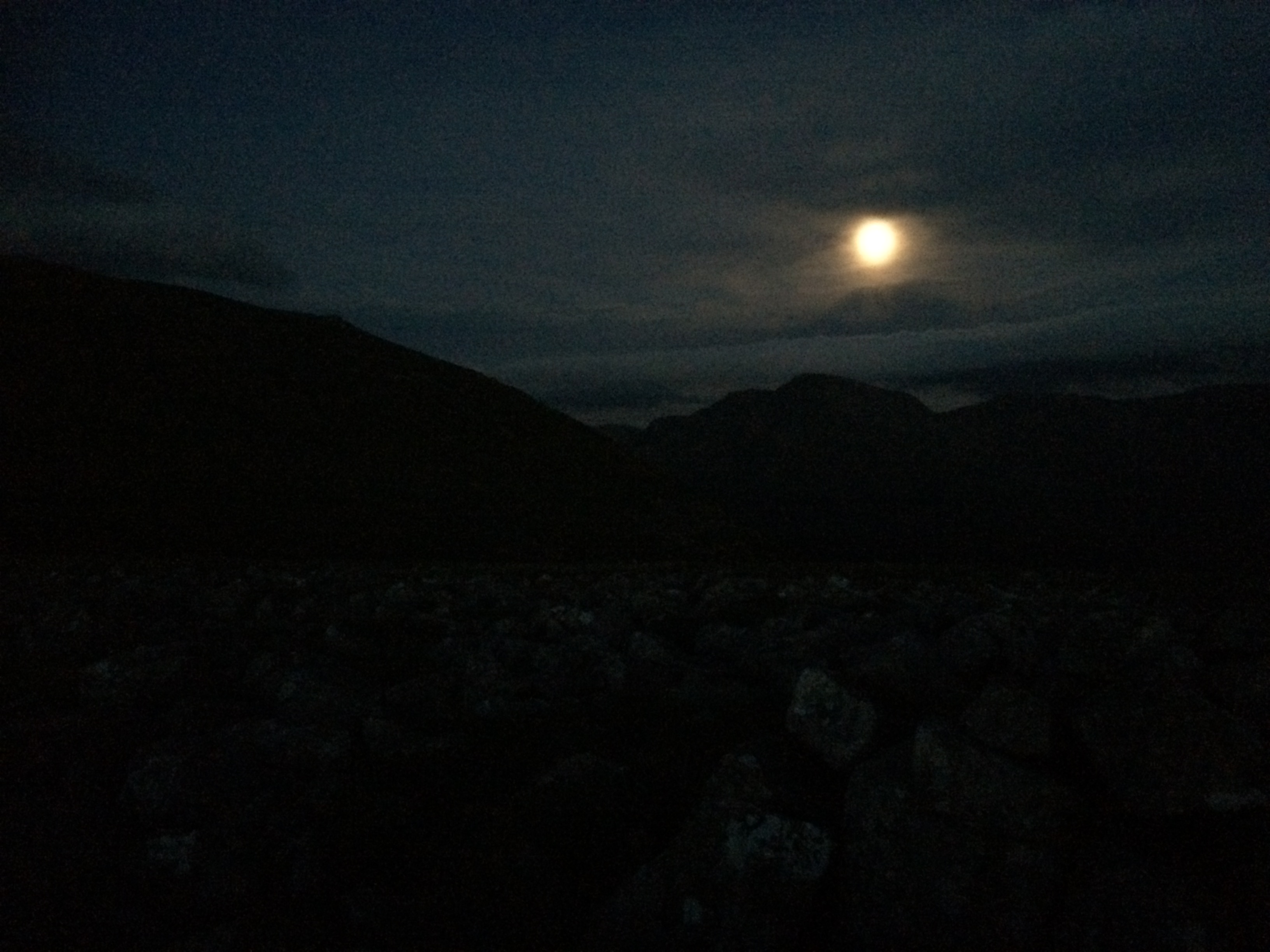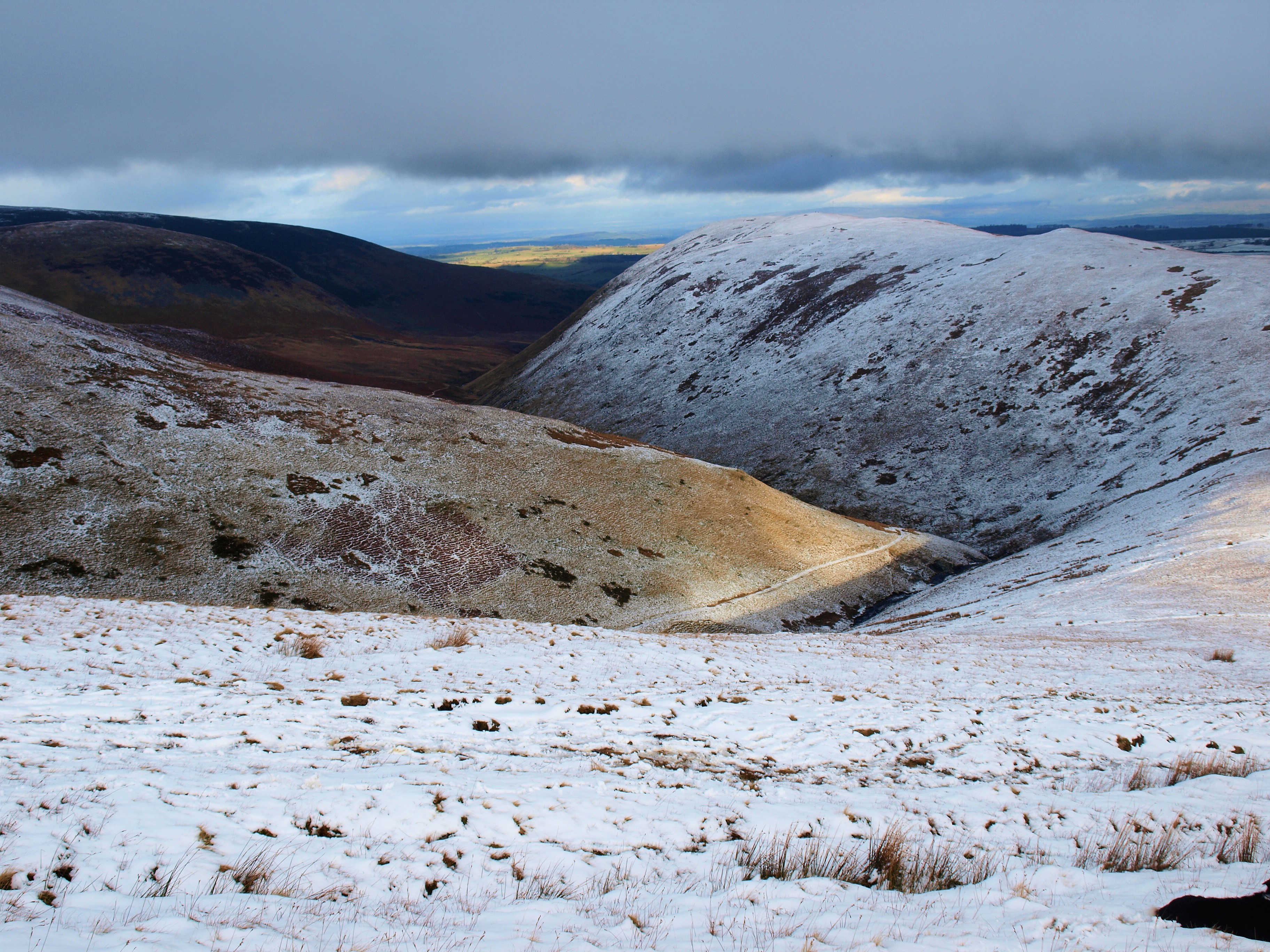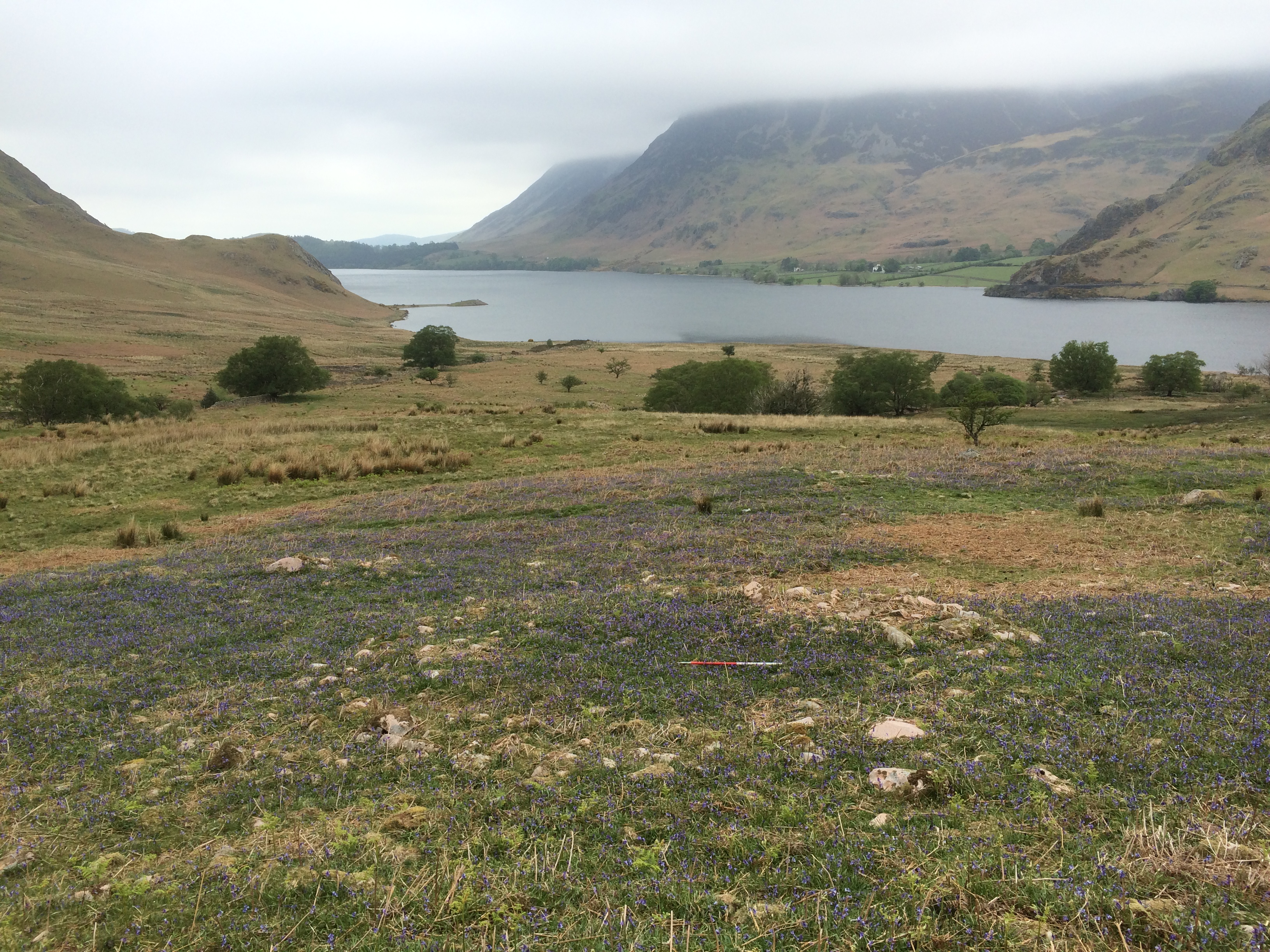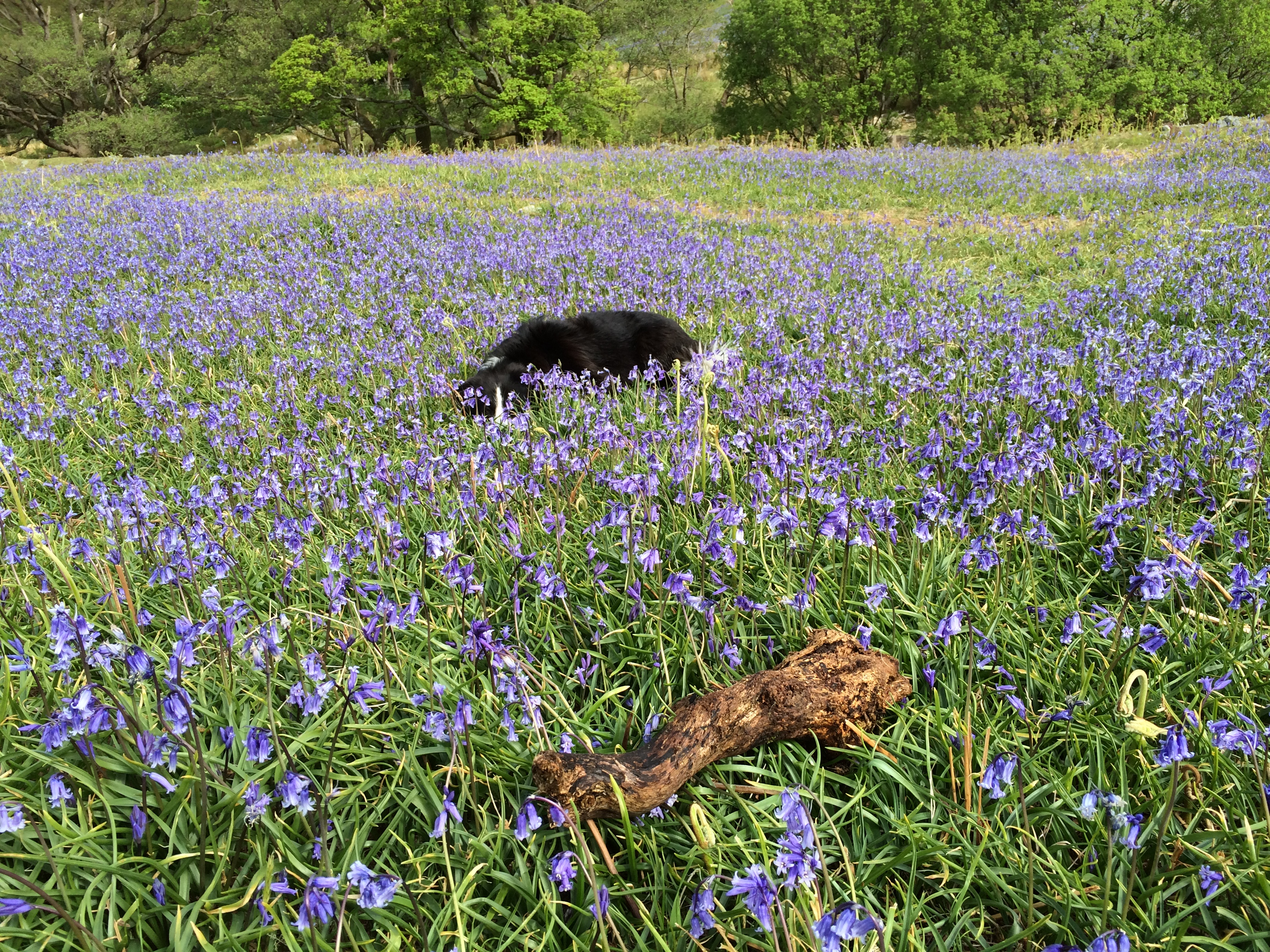They come from the sea
Crossing from Middle Isle
Night and day in bentwood hide canoes
Arms weary from cleft oak paddles.

Through the surf landing,
Dragging up to the dunes
An axe tumbles out unseen
Swallowed by the sand.

Resting on the crest between sharp grass
The cleft mountain visible in the distance,
Nearer than seen from the sea
Still two days journey away.

Wading through silted salt-marsh to drier ground
Through the first windblown willows
To the gathering cleared roundel of oaks
Yet to be marked with a circle of rocks.

Grateful offerings are made
Precious things laid, amongst the trunks
Boughs hold their hangings of old
Sun dried, wind weathered.
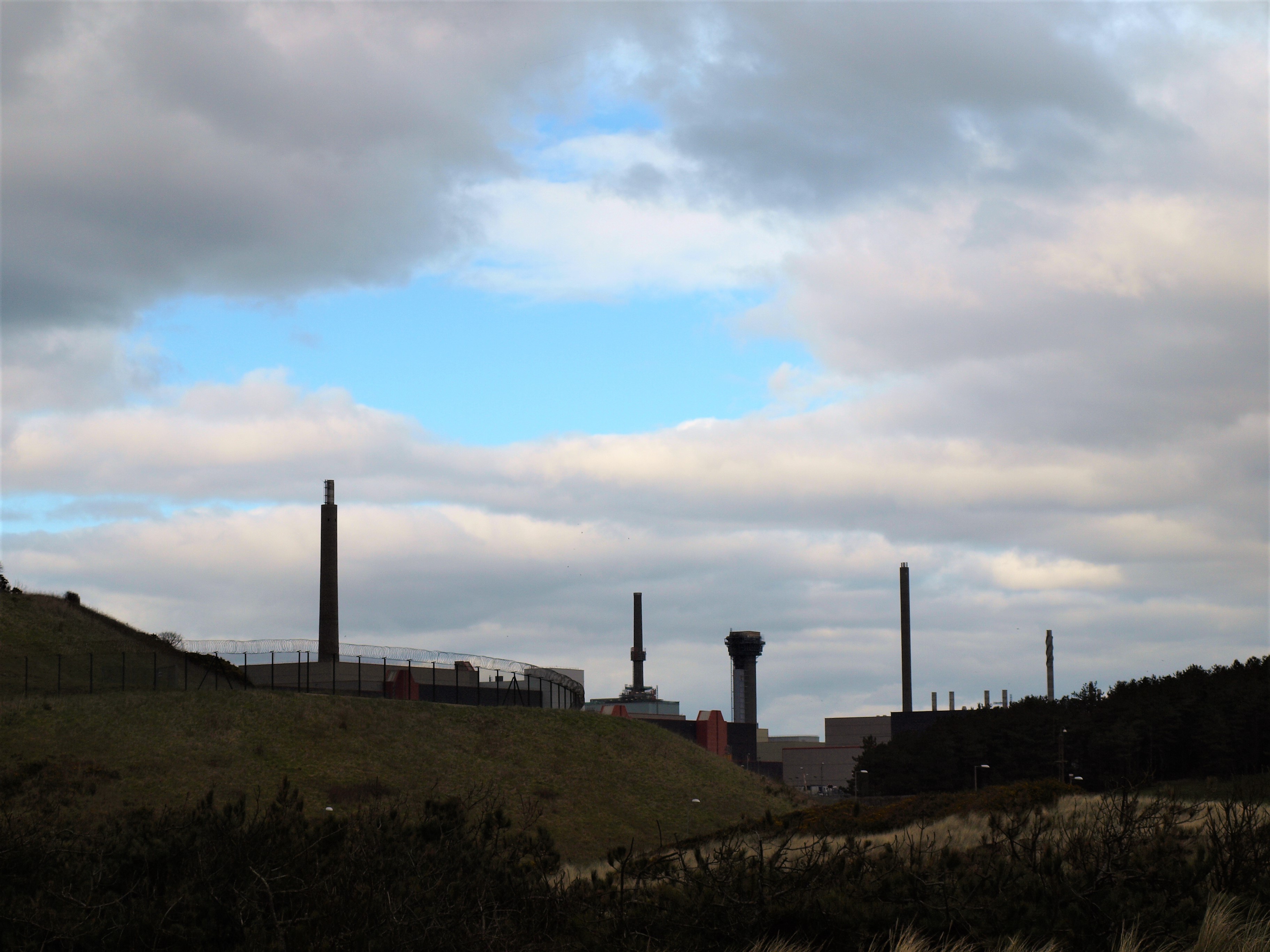
Following slow flowing fresh water
Where taboo still lingers
Now overlooked by the dark towers
New henge bank concealing modern secrets.

Meeting at River Camp, dark-eyed tribe
From the Farland, pause from grinding
To greet Mid-islanders, polishing stones dry
In a warm evening breeze.

Sharing meat and fish, renew old acquaintances
Telling tales of tracks and travel
To heather bed in turfed bender
The light long gone.

Morning dawns damp
Slowness to move,
Stretch tired limbs,
As dogs, stir and yawn.

Crossing the river to higher land
Well-trodden trail on valley side
Deer scatter from clearings as one falls to
Beach knapped arrow tip.

Blood is drained and drunk
Warm liver eaten
Dogs feast on entrails
Trussed and humped on a back.

Spirit is appeased, the sun has passes its peak,
Shadows lengthen reaching banded mountain
Camp busy with journeymen, strangers exchange food,
Space is made as fires glow.

Fresh morning, a hasty start
Hills reflect across the deep water
Steady walk along flatlands, preparations
Before climb to flinted cliffs.

Skins and hazel poles, strapped to backs
Fresh and dried meat stowed in leather sacks
Auroch hide soles, tied on tight
The sun is ascending high as the climb starts

Following the stream to its source,
Through oak woods that thin where the great cliff rises
At Signal Rock, lifted from the mountains top
First block is broken and rings round crags.

Evening sun comes too soon
Freshening breeze, time to shelter
In lee of the summit
To the green grass terrace

Low bender built with hide and hazel
Anchored with rock blocks
Oiled furs retrieved from boulder cache
Two by two to warm bodies.
 Night in the spirit realms misty breath,
Night in the spirit realms misty breath,
Cloaks the crag like a sleeping sheep
Morning mist dissolves leaving pock-marked rocks
Ghostly fingertips impressed in stone.

A frost heaved ring
Round a boulder
From ancient time
Another sign?

Light again and to the pits, dragging out
Frost shattered rock, banked around
Finding the stone that rings true
Whack and crack with river rounded hammerstone.

Nip and knap, shape and thin
Wrapped in leather sack
Sharp splinters tease the skin
Until too sore to bear.

Another night, setting sun lowers
Over Middle Isle’s three peaks
Beckoning souls on high mountain
Calling home across the silver sea.

Notes and Acknowledgements:
The reason for the journey in this case was to quarry the volcanic tuff from Scafell Pike to make stone axes, a rock known as Group VI that has very similar working characteristics to flint, subsequently polished to bring out the blue grey/green beauty of the stone. Exploring some of the aspects of journeys made by earlier Neolithic travellers inevitably throws up many questions, by their nature these expeditions would have been layered and multifaceted the focus shifting as the light crosses the changing landscapes and the world was explored by a still at least partly itinerant population on the cusp of a sea change in their lifestyles.
Whilst the route described is just one possibility, it could equally have followed a ridge or been paddled along Wastwater, from a pragmatic perspective it seems likely that, to a degree at least, people would have followed the line of least resistance and as today would have been dependant on the vagaries of the weather in the Cumbrian Mountain. However there is also the belief systems at the time which may have dictated that a specific route needed to be followed, what I think is clear from anthropological comparisons is that knowledge of landmarks would have been vital in navigating around the landscape, especially in a mountain environment, these would have been primarily natural features but augmented as time passed with constructed features. Others such as Cummings & Johnston and Callaghan and Scarre have written at greater length on the differing aspects of prehistoric journeys and are there for the reading.
For those less familiar with the archaeology of the Cumbrian landscape I will tease out some of the references in the text to places and some of the archaeological evidence that the narrative is based on, the relics of ancient industry and monuments. Whilst there is inevitably a degree of speculation in the interpretation of the archaeology in relation to place I have tried to keep it within the bounds of possibility!
Middle Isle is the Isle of Man, a place with a melting pot of Neolithic monuments and also a quantity of Group VI axes which were clearly imported whether by trading or direct procurement as I suggest here. It is also an interesting Island in that it commands a view of Dumfries and Galloway, Cumbria, Snowdonia and the Mourne Mountains, I suggest that it was a kind of hub for Neolithic seafarers and as recent research on Orkney demonstrated quite possible to undertake such sea crossings. Perhaps an easier route than the North Channel and its strong tides. The axe tumbles a Ronaldsway axe from the Isle of Man was found near Seascale.
From the Isle of Man the col of Mickledore, between Scafell Pike and Scafell Crag gives the massif the appearance of a Cleft Mountain and therefore a prominent landmark to aim for from a canoe on the sea. Whilst the Cumbrian coast has receded since the start of the Neolithic period, about 6000 years ago, the rivers and streams were likely to have been in a similar position, inland at any rate. The circle of rocks is Grey Croft stone circle, Seascale a reconstructed stone circle, which commands a view to the Mountains and to the Isle of Man, where a broken Group VI axe was found. Although most stone circles are likely to have been constructed after the axe quarries had largely dropped out of use it is likely that the significance of the mountains endured if not in memory in myth and thus perhaps there was an element of taboo around these circles. It has been demonstrated through excavation that several stone circles were preceded by timber circles such as Oddendale and these were likely to have been important gathering places prior to that time, perhaps starting off as a clearing in the wood.
River Camp is a site near Gosforth where a number of stone axes were found along with grinding and polishing stones during construction of the sewage works. Beach knapped is the local flint pebbles, up to fist sized, found on the West Cumbrian coast and used to make arrowheads and other tools. Banded Mountain is Buckbarrow a distinct band of rock crosses the crag and below is Tosh Tarn perhaps another Neolithic campsite like that at Ehenside Tarn. Farland: Ireland where many Group VI axes have been found despite more local sources of stone such as Tievebulliough, County Antrim.
The climb up to Scafell Pike could have headed up towards Pikes Crag and the prominent Pulpit Rock (Signal Rock) via Brown Tounge, and the aptly named Hollow Stones, perhaps where the tuff was first prospected in the scree below the crag after being found in Lingmell Beck. There would have been considerable preparation necessary for a quarrying trip up the mountain, not least the need for shelter given the lack of caves or boulder shelters up there. Anchored with rock blocks: it is possible the two or three rectangular stone features, c 2x 3m, on the only patch of grass in this alpine environment at c 945m AOD to the east of the summit, are ancient bivouac sites where a hazel bender was erected and covered with deerskins.

It is clearly a matter of speculation but interesting to ponder whether the cupules formed on the pock-marked rocks had any influence on the creation of prehistoric cup-marks made on domed rocks in the central valleys of the Lake District, man imitating nature, an example of skeuomorphism? Likewise, was there an element of replication in the construction of boulder cairns in imitation of the frost heaved circles found near the grassy terrace. It would be surprising if a mythology had not developed around working in such a dramatic and potentially dangerous place, as suggested by the siting of the quarries in Great Langdale many of which have a mainmast ambience, which would have been a good source of tales of daring in the face of danger and precipitous voids.
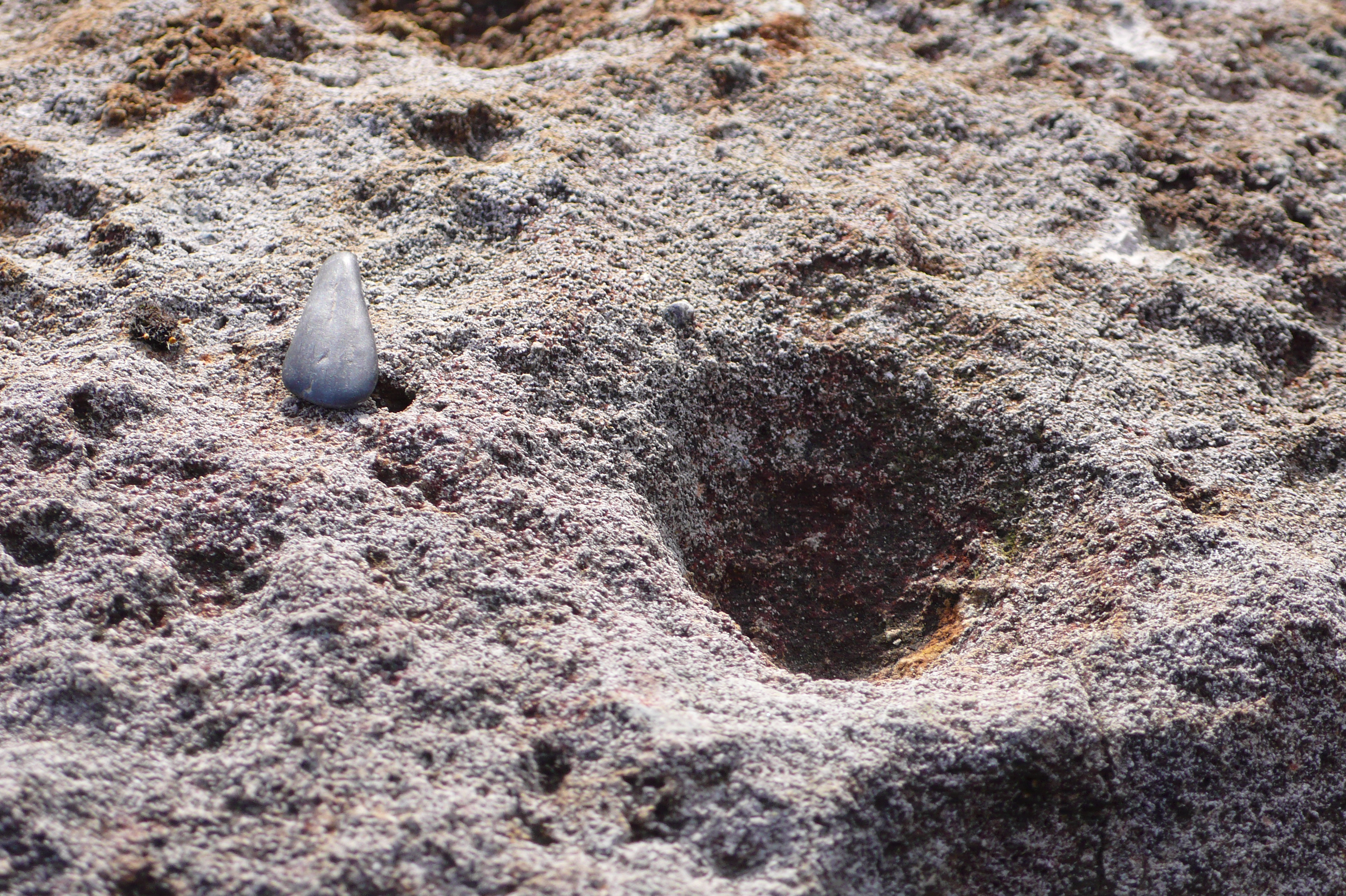
The stone extraction pits are among a number of Neolithic features on the summit plateau of Scafell Pike, alongside numerous modern shelters, and are reminiscent of ring cairns yet were apparently created to lift blocks of tuff that had not been exposed to the effects of frost weathering. They occur in discrete areas which may perhaps suggest some sort of delineation of different “tribes” working up there. They clearly were used for flaking the stone down to rough-out stage as they contain numerous flakes in their base, but their exact use is debatable and there could be an element of deliberate structured deposition going on about these sites. Their locations were planned in detail by Claris and Quartermaine in the 1980’s although they had by then been disturbed to a greater or lesser extent by various people, known and unknown, they await an investigation with modern excavation techniques should anyone fancy some extreme archaeology. River round hammerstone: at stone axe working sites numerous river rolled hammerstones have been found that must have been picked from valley river beds and carried up the mountain.

Callaghan, R, & Scarre, C. 2009. Simulating the Western Seaways. Oxford Journal of Archaeology 28, 4:357-72.
Claris, P. & Quartermaine, J. 1989. The Neolithic quarries and axe factory sites of Great Langdale and Scafell Pike: a new field survey. Proceedings of the Prehistoric Society 55, 1-25.
V. Cummings & R. Johnston (eds.). 2007. Prehistoric Journeys, 54-63. Oxford: Oxbow.
Garrow, D & Sturt, F. 2011. Greywaters bright with Neolithic argonauts? Maritime connections and the Mesolithic-Neolithic transition within the “western seaways” of Britain, c. 5000-3500 BC. Antiquity 85, 59-72.
Taylor, S. 2016. Journeys to Neolithic Langdale: how a Cumbrian landscape may help explain prehistoric movement of polished stone axes. Lithics: the Journal of the Lithic Studies Society 37: 15–32.
Waterhouse, J. 1985. The Stone Circles of Cumbria. Chichester: Phillimore & Co.






















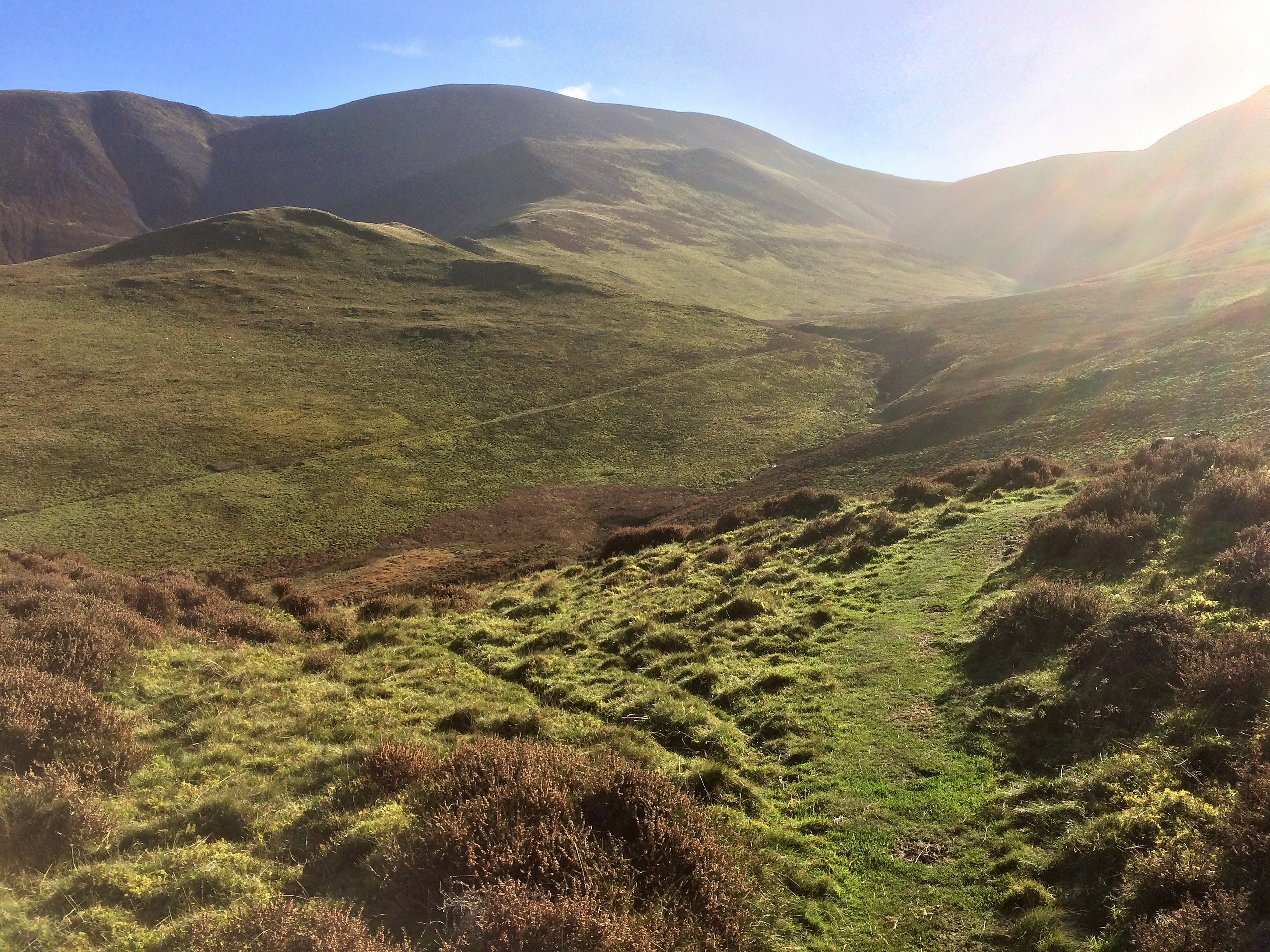

































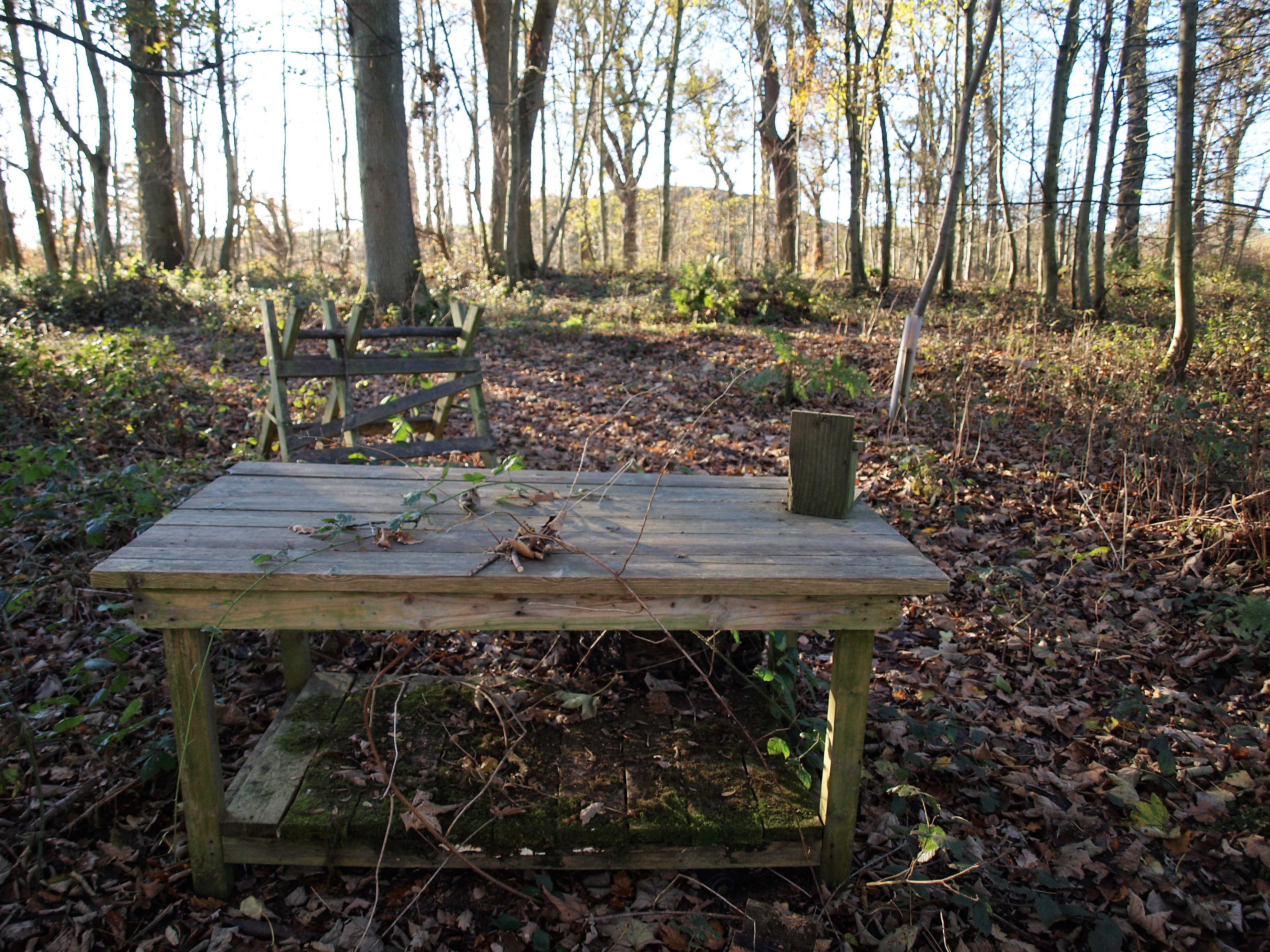
























 Night in the spirit realms misty breath,
Night in the spirit realms misty breath,

















